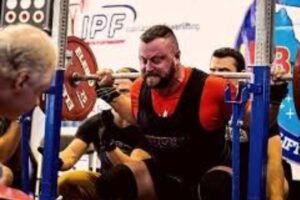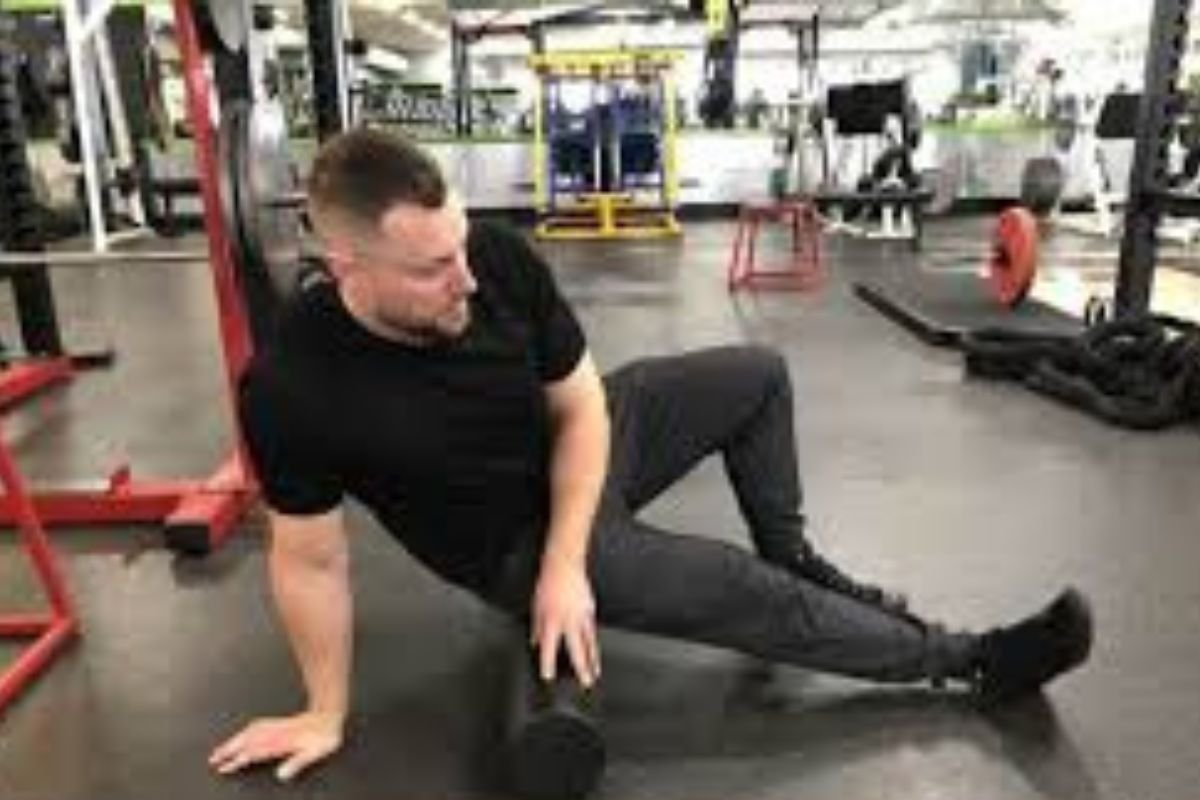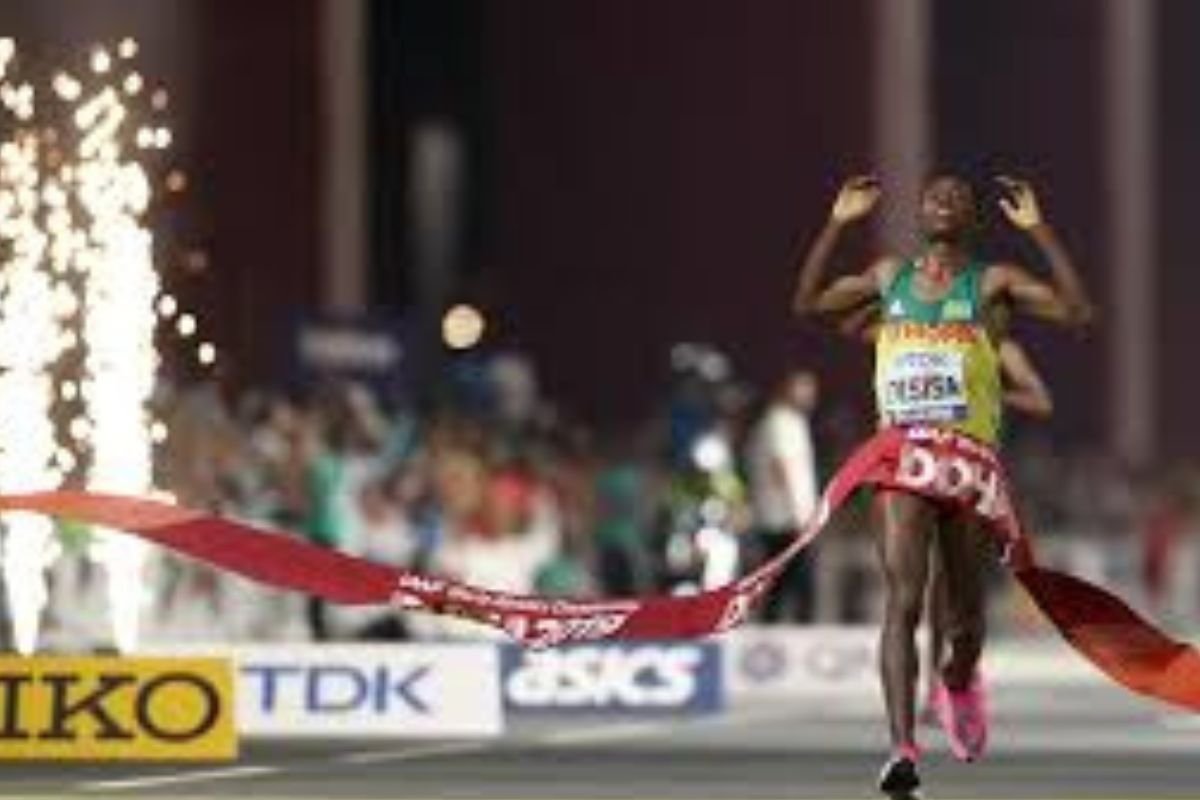Powerlifting demands intense physical exertion and places significant stress on the body. Effective recovery techniques are essential for powerlifters to optimize performance, prevent injury, and sustain long-term progress. In this article, we will explore various recovery strategies tailored specifically for powerlifters.
Introduction
Powerlifting involves lifting heavy weights in three main lifts: squat, bench press, and deadlift. While training intensity is crucial for strength gains, recovery is equally important. Without proper recovery, muscles cannot repair and grow efficiently, leading to stagnation or injury.
Understanding Recovery techniques
After intense workouts, muscles undergo micro-tears and experience glycogen depletion. Recovery allows the body to repair these micro-tears, replenish energy stores, and adapt to training stress. Understanding the science behind recovery is key to optimizing performance.
Sleep
Quality sleep is fundamental for recovery. During sleep, the body releases growth hormone, which aids in muscle repair and recovery. Powerlifters should aim for 7-9 hours of uninterrupted sleep each night to support optimal recovery and performance.
Nutrition
Nutrition plays a vital role in the recovery process. Powerlifters require a balanced diet rich in protein, carbohydrates, healthy fats, and micronutrients. Protein is essential for muscle repair, while carbohydrates replenish glycogen stores for energy.
Active Recovery
Incorporating active recovery sessions into training schedules can enhance circulation, reduce muscle soreness, and promote flexibility. Low-intensity activities such as walking, swimming, or cycling can facilitate recovery without adding significant stress to the body.
Foam Rolling and Mobility Work
Foam rolling and mobility exercises help alleviate muscle tightness, improve range of motion, and prevent injury. Spending time foam rolling major muscle groups can enhance recovery between training sessions.
Contrast Water Therapy
Contrast water therapy involves alternating between hot and cold water immersion to stimulate circulation and reduce inflammation. This technique promotes muscle recovery and accelerates the removal of metabolic waste products.

Compression Garments
Compression garments apply gentle pressure to muscles, improving blood flow and reducing swelling. Wearing compression garments during and after training sessions can expedite recovery and alleviate muscle soreness.
Active Stretching and Yoga
Incorporating dynamic stretching and yoga into training routines can improve flexibility, mobility, and mental well-being. These practices promote relaxation and aid in recovery after intense workouts.
Conclusion
Effective recovery is essential for powerlifters to maintain peak performance and prevent injuries. By implementing these recovery techniques into their training regimens, powerlifters can enhance muscle repair, reduce fatigue, and sustain long-term progress.
FAQs
- How often should powerlifters incorporate active recovery sessions into their routine?
- What are some signs of overtraining, and how can powerlifters avoid it?
- Is there a specific post-workout nutrition protocol that powerlifters should follow?
- Can massage therapy complement recovery for powerlifters?



